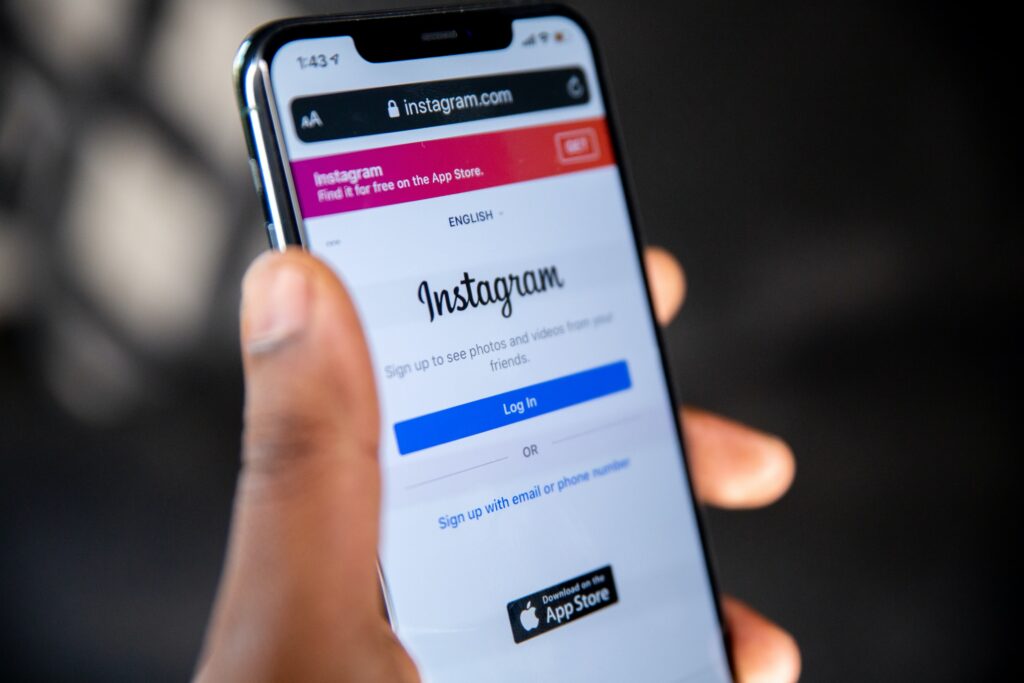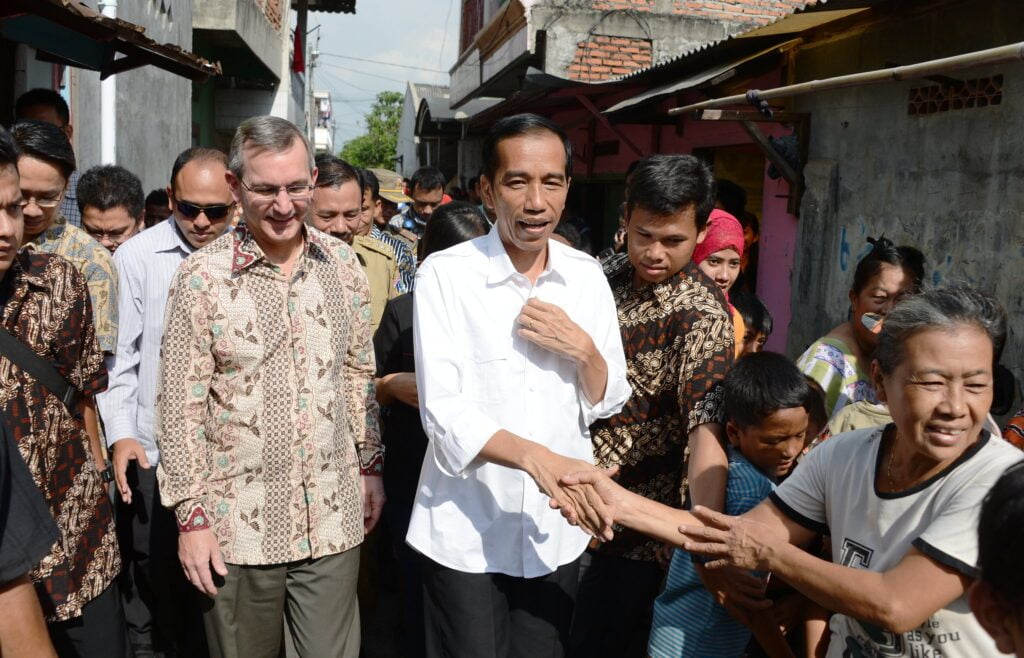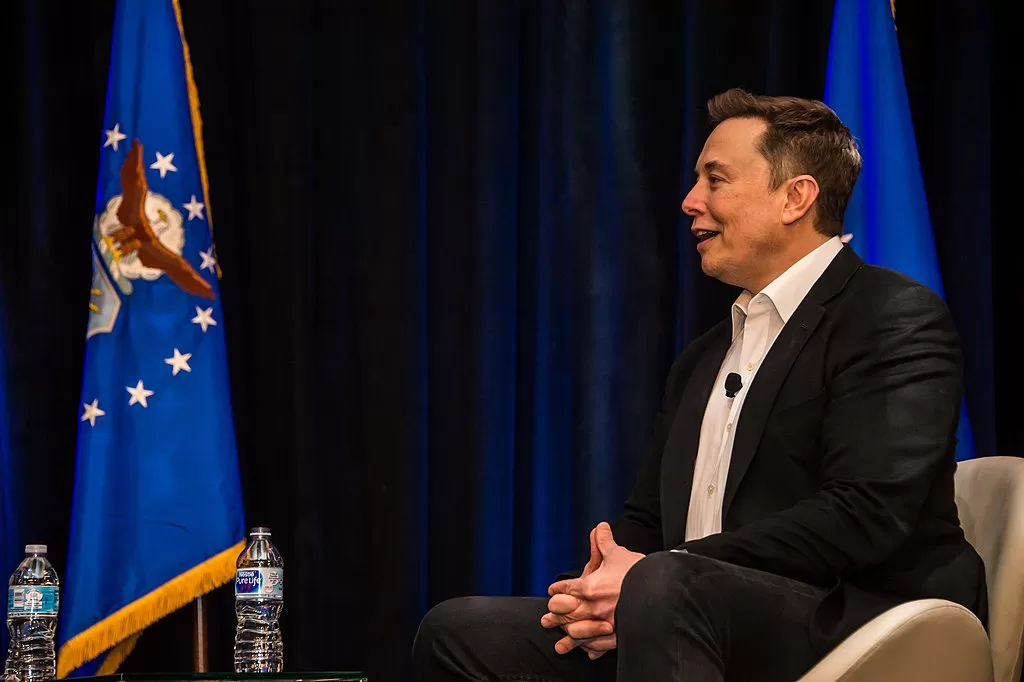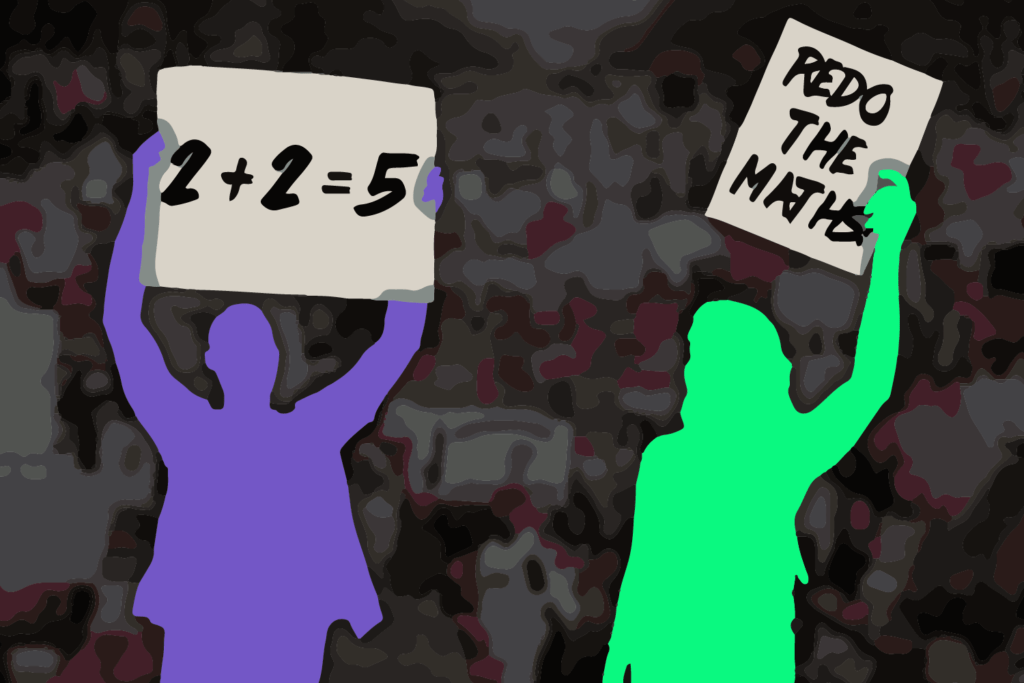Time-starved internet users are developing strategies to cope with misinformation. Understanding how they do it can shape news coverage moving forward.
 During the COVID-19 pandemic, misinformation about the effects of 5G became more prominent. : Ivan Radic, Flickr CC BY 2.0 (https://bit.ly/3ETaWdb)
During the COVID-19 pandemic, misinformation about the effects of 5G became more prominent. : Ivan Radic, Flickr CC BY 2.0 (https://bit.ly/3ETaWdb)
Time-starved internet users are developing strategies to cope with misinformation. Understanding how they do it can shape news coverage moving forward.
“Fake news” and disinformation has gripped every major news story since it came to prominence during Brexit and the 2016 US presidential election. From conspiracy theories about the Chinese balloon shot down over the US to augmented videos of Ukraine’s President Volodymyr Zelenskiy supposedly telling his people to surrender to Russia, the issue continues to rear its ugly head.
Around the world, different measures have been adopted to tame the scourge. In Southeast Asia, governments in Malaysia, Myanmar, Singapore, the Philippines and Vietnam have enacted laws against the publication of fake news, set up new agencies and taskforces dedicated to monitoring online content and launched cyber armies to wage a counteroffensive against misinformation. Civil society and academia have embarked on fact checking and education in bids to improve community resilience and develop individual immunity against online falsehoods.
While these efforts continue to evolve to keep pace with the shapeshifter of online falsehoods, individuals, organisations and governments face a challenge to better leverage the power of communication to combat online falsehoods. What are the signposts people rely on when deciding whether or not they should trust an information source?
An Institute of Policy Studies study conducted with 2,011 Singaporeans examined their experiences and interactions with online falsehoods. The study collected data on how a sub-group of 50 Singaporeans search for and verify information, and decide what is credible and trustworthy.
This part of the study was conducted via self-confrontation interviews, a method used in psychology and media studies to understand decision-making processes. Researchers presented the study participants with an information-seeking task and another that required them to verify false claims in an article on the effects of 5G. Participants were then asked to view a video recording of their own actions. Researchers paused the recordings at different points and asked participants to recount their thoughts and emotions when they performed those actions.
The participants faced a common challenge: they were all time-starved. Like many internet users, they’re constantly exposed to a wide array of news from diverse sources — local media, international outlets, social media alerts and instant messages from friends and family. As such, the participants have developed strategies to navigate and cope with the information overload, such as skimming headlines and looking out for keywords and text summaries.
The study also showed people rely on several signposts when deciding where they place their trust online.
Certain news sources were seen to be more credible, particularly Singapore legacy media like The Straits Times and Channel NewsAsia. Many respondents said these outlets were credible and trustworthy because of their perceived affiliation with the government.
However, context matters when it comes to source credibility.
In Singapore, the government enjoys high trust among the population. More than 60 percent of the 2,011 Singaporeans surveyed in the study agreed or strongly agreed they could trust the government to do what is right. The high trust participants had in the government spilled over to these local news sources. Foreign news media such as BBC, CNN and CNBC were also seen as credible, although several respondents were cautious of what they perceived to be a “western” slant in their coverage and analysis.
When participants performed the information verification exercise, they used search engines to identify information sources they could verify the claims against. One key group of search results most of the participants clicked on were articles and reports published by legacy media outlets such as Reuters, The New York Times, CNN and BBC. Respondents largely trusted these news sites, which challenged the claims presented in the exercise’s article on 5G. Respondents contrasted legacy news sites “which have been around for a long time” and social media pages cited in the 5G article.
Government and academic sources such as the Federal Communication Commission, Science Direct (a website that publishes academic papers), John Hopkins Medicine and WebMD, were also familiar to many participants. These sites were seen to be “official” and more reliable compared to social media personalities and groups referenced in the 5G article.
The language used in reporting was often cited as a signpost of credibility. Style of reporting and writing played a critical part in helping respondents form impressions of the news source’s seriousness and gravitas. In the eyes of respondents, the 5G article filled with false claims took an informal tone that was at odds with the voice of professional journalists and the healthcare sector. None of the respondents thought the informal tone made the article more accessible or relatable for readers — this could be due to the serious subject matter (supposed harms of 5G, including claims it could cause death), for which a casual tone is ill-suited. Many study participants felt the author’s tone was dramatic and smacked of fear mongering, arousing suspicions of her motive and agenda.
Balance in reporting and analysis was another important signpost of credibility. Study participants linked balanced reporting with trustworthiness — they appreciated reporting that provided different perspectives of an issue. Most respondents felt the 5G article was not balanced, which they defined to be providing two sides of an argument.
The findings from this study hold several implications for public communication and debunking efforts.
There is merit for governments, civil society and practitioners to pay more attention to how they deliver their messages and corrective information. Increasingly, there is a need for stakeholders in public communications to stay ahead of misinformation by anticipating possible reactions to a policy or programme announcement and be ready to do debunking in a timely fashion. Policy narratives should also provide more than one perspective of the issue at hand.
Partisan reporting that slams misinformation may be less persuasive than balanced coverage that uses a clear, professional tone to rebut false information. The study also suggests that legacy media still has a frontline role to play in providing verifiable and quality information, as audiences still tend to trust established names. That offers hope for those whose faith in news consumers has worn thin, and imparts a strong responsibility on legacy news practice care in reporting with balance, accuracy and ethics.
Carol Soon is Senior Research Fellow at the Institute of Policy Studies, National University of Singapore. She is also Vice Chair of the Media Literacy Council in Singapore and Associate Director of the Asia Journalism Fellowship. She is editor of the book Mobile Communication and Online Falsehoods: Trends, Impact and Practice (forthcoming, to be published by Springer Nature).
Dr Soon’s research was funded by the Ministry of Communications and Information in Singapore.
Originally published under Creative Commons by 360info™.














